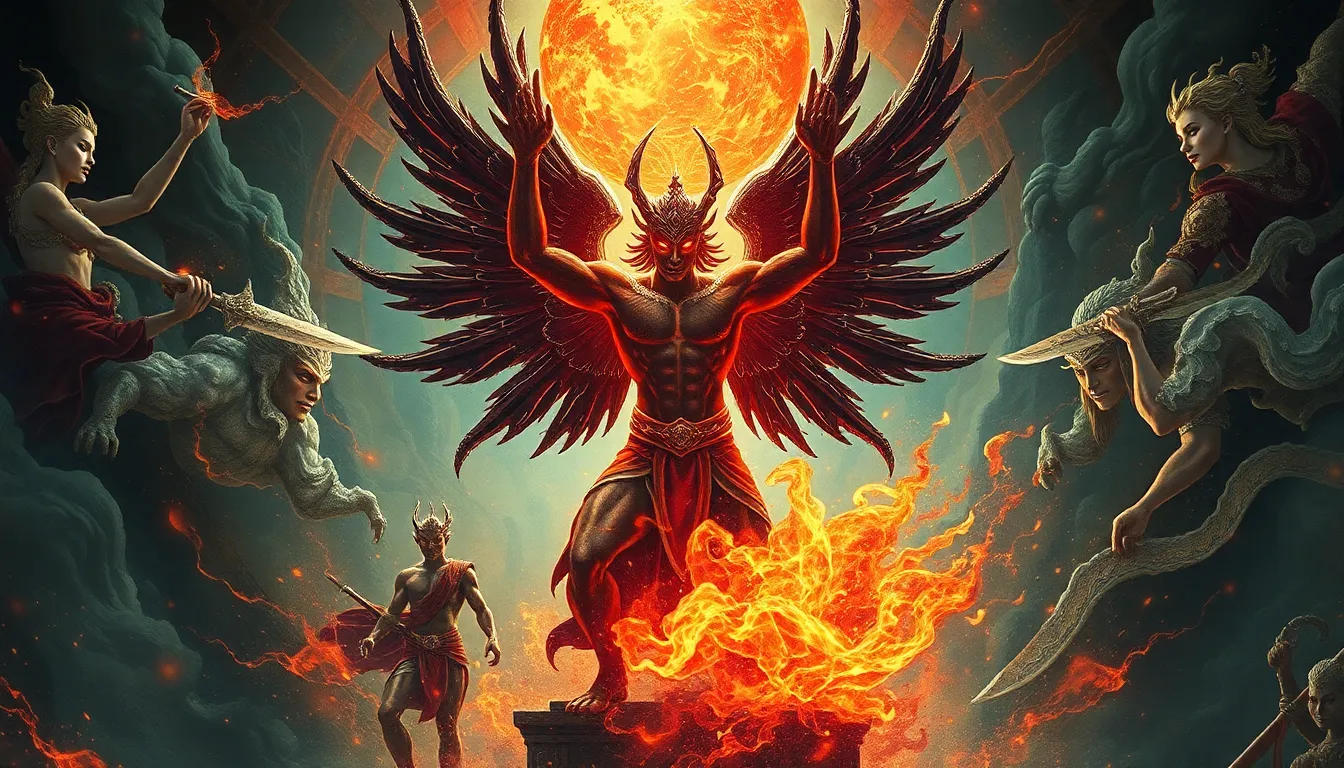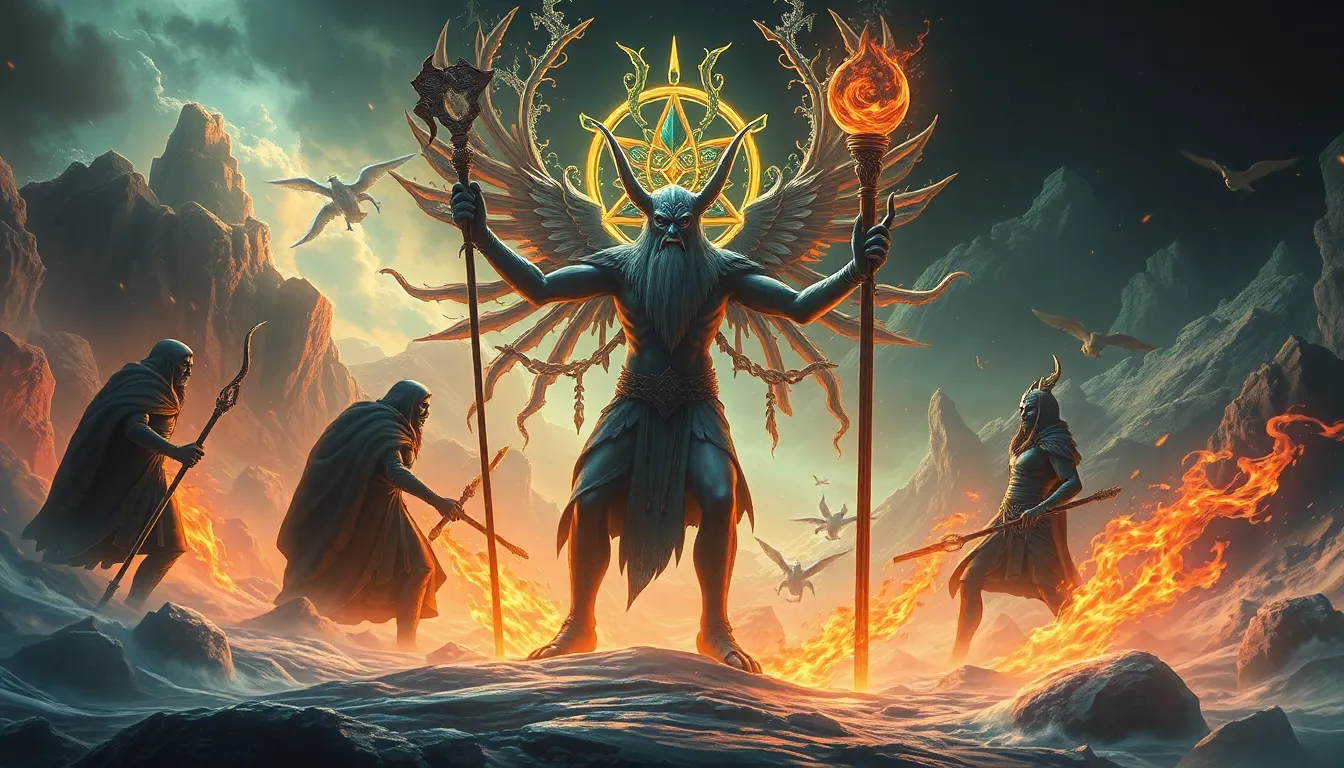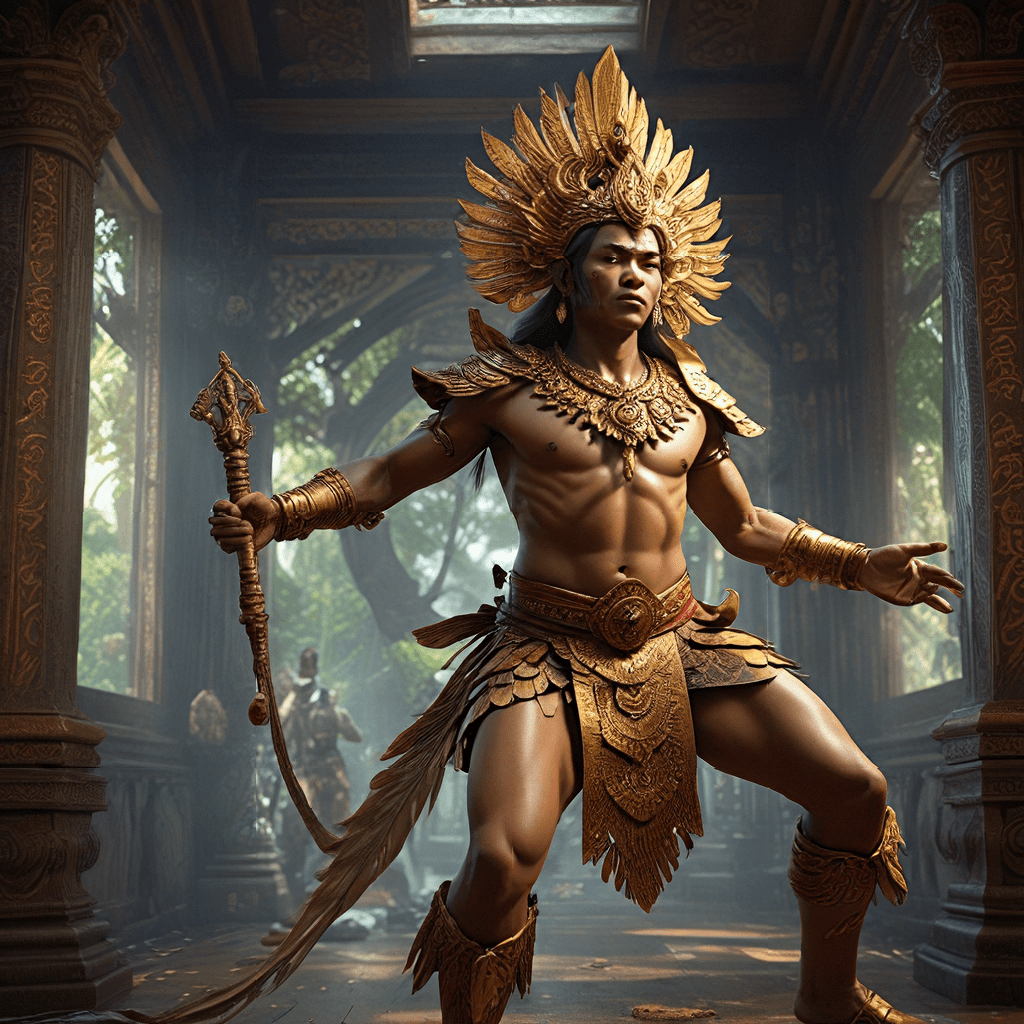The Artifacts of the Gods: 10 Divine Relics from World Mythologies
I. Introduction to Divine Relics
Divine relics, often referred to as artifacts of the gods, hold a significant place in various mythologies across cultures. These objects are imbued with supernatural powers and are often central to the tales of gods, heroes, and the cosmos. They symbolize the intersection of the divine and mortal realms, serving as tools, symbols, or even tests of worthiness. This article aims to explore ten notable artifacts from world mythologies, delving into their origins, meanings, and lasting impacts on culture.
II. The Mjölnir: Thor’s Hammer (Norse Mythology)
One of the most iconic artifacts in Norse mythology is Mjölnir, the hammer wielded by Thor, the god of thunder. According to legend, Mjölnir was forged by dwarven brothers Sindri and Brokkr, and it was created to be both a weapon and a symbol of protection.
Mjölnir is often associated with power, protection, and the ability to bring fertility to the land. Its symbolism extends beyond mere strength; it represents the balance of chaos and order. In modern representations, such as in Marvel Comics and films, Thor’s hammer continues to embody heroism and integrity.
- Symbol of protection and blessing in Norse culture
- Iconic in contemporary media, especially in superhero genres
III. The Holy Grail (Arthurian Legend)
The Holy Grail is a legendary artifact in Arthurian legend, often depicted as the cup used by Jesus at the Last Supper. Its historical and mythological background intertwines with themes of purity, divinity, and eternal life. In Christian tradition, the Grail is a symbol of the quest for divine grace.
The quest for the Holy Grail has inspired countless tales and interpretations, showcasing the pursuit of spiritual enlightenment and heroism. The Grail represents the ultimate achievement, often sought by knights in their quests.
- Significant in both Christian and pagan traditions
- Represents the pursuit of spiritual and moral perfection
IV. The Ankh: The Key of Life (Ancient Egyptian Mythology)
The Ankh, often referred to as the key of life, is a prominent symbol in Ancient Egyptian mythology. Depicted as a cross with a loop at the top, the Ankh symbolizes eternal life and the connection between the physical and spiritual worlds.
In Egyptian religion, the Ankh was often associated with deities and was used in rituals related to death and the afterlife. Its influence can be seen in modern culture, particularly in art and fashion, representing life and immortality.
- Symbolizes life and immortality
- Influences modern art and cultural expressions
V. The Golden Fleece (Greek Mythology)
The Golden Fleece is a famed artifact from Greek mythology, known for its association with the hero Jason and his quest with the Argonauts. The fleece, belonging to a golden-haired winged ram, symbolizes authority and kingship.
Jason’s quest for the fleece exemplifies themes of heroism, sacrifice, and adventure, reflecting the values of ancient Greek society. The legacy of the Golden Fleece continues in literature and media, often representing the ultimate goal or treasure in a hero’s journey.
- Embodies themes of heroism and sacrifice
- Inspires numerous literary and artistic works
VI. The Tesseract: The Cosmic Cube (Marvel Comics/Modern Mythology)
The Tesseract, also known as the Cosmic Cube, is a modern mythological artifact originating from Marvel Comics. It is portrayed as a powerful object capable of manipulating space, time, and reality itself. Its origins can be traced back to classic comic book narratives but have evolved through films and television.
The Tesseract’s implications mirror those of ancient mythological objects, representing the quest for ultimate power and knowledge. It serves as a contemporary symbol of the hero’s journey and the moral dilemmas faced by those who wield great power.
- Represents ultimate power and the manipulation of reality
- Reflects modern storytelling in superhero narratives
VII. The Chariot of the Sun (Hindu Mythology)
In Hindu mythology, the Chariot of the Sun is often described in the Bhagavad Gita, where it carries the sun god, Surya, across the sky. This chariot symbolizes the passage of time and the cycles of day and night.
The Sun Chariot holds profound significance in Hindu cosmology, representing the eternal nature of the universe and the connection between the divine and the mortal. It is often depicted in art, showcasing the vibrant culture of Hindu mythology.
- Embodies the cycles of time and cosmic order
- Significant in artistic representations in Hindu culture
VIII. The Spear of Destiny (Christian Legend)
The Spear of Destiny, or the Holy Lance, is steeped in legend and historical context. According to lore, it was the spear that pierced the side of Jesus during the Crucifixion. This spear is believed to possess divine power, influencing battles and the fate of empires.
Throughout history, many have claimed the Spear’s power, leading to myths and conspiracies surrounding its existence and whereabouts. It embodies themes of faith, destiny, and the intertwining of history and legend.
- Claims of divine power and influence in historical events
- Associated with numerous myths and conspiracies
IX. The Stone of Scone (Scottish Legend)
The Stone of Scone, also known as the Stone of Destiny, is a symbol of Scottish heritage and monarchy. Traditionally used in the coronation of Scottish kings, it holds significant historical and mythological implications for Scotland’s identity.
The Stone’s journey, including its theft and return, symbolizes resilience and the enduring spirit of the Scottish people. It represents the connection between the past and present, embodying the cultural identity of Scotland.
- Significant in Scottish coronation traditions
- Symbolizes resilience and cultural identity
X. Conclusion: The Enduring Legacy of Divine Artifacts
Divine relics and artifacts hold a timeless allure, serving as a bridge between the mortal realm and the divine. From the Mjölnir of Thor to the Holy Grail, each artifact encapsulates stories of heroism, sacrifice, and the quest for meaning. These relics continue to inspire and resonate within cultural narratives, reminding us of the enduring legacy of myth and the human experience.




